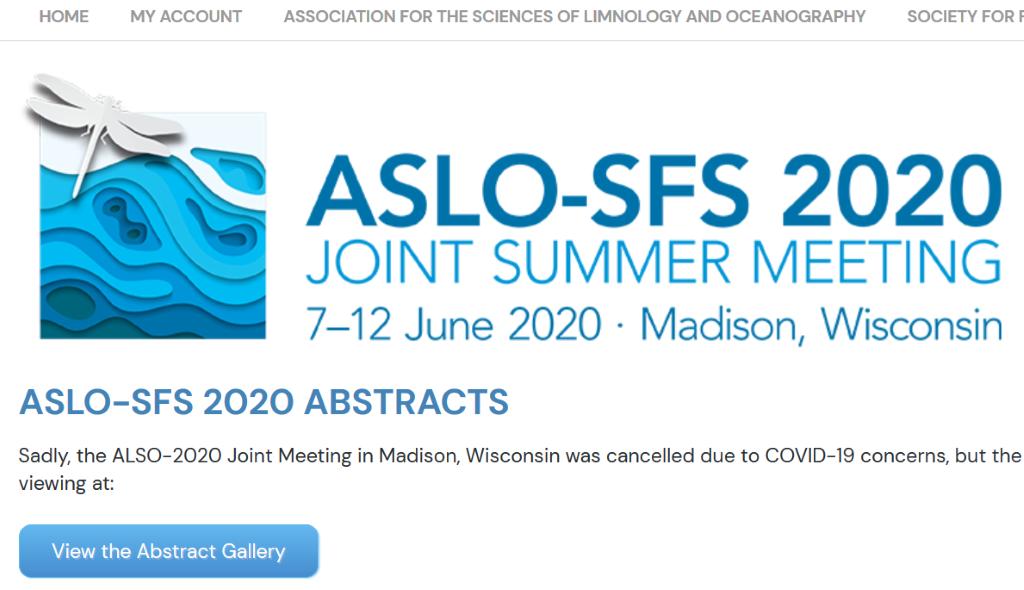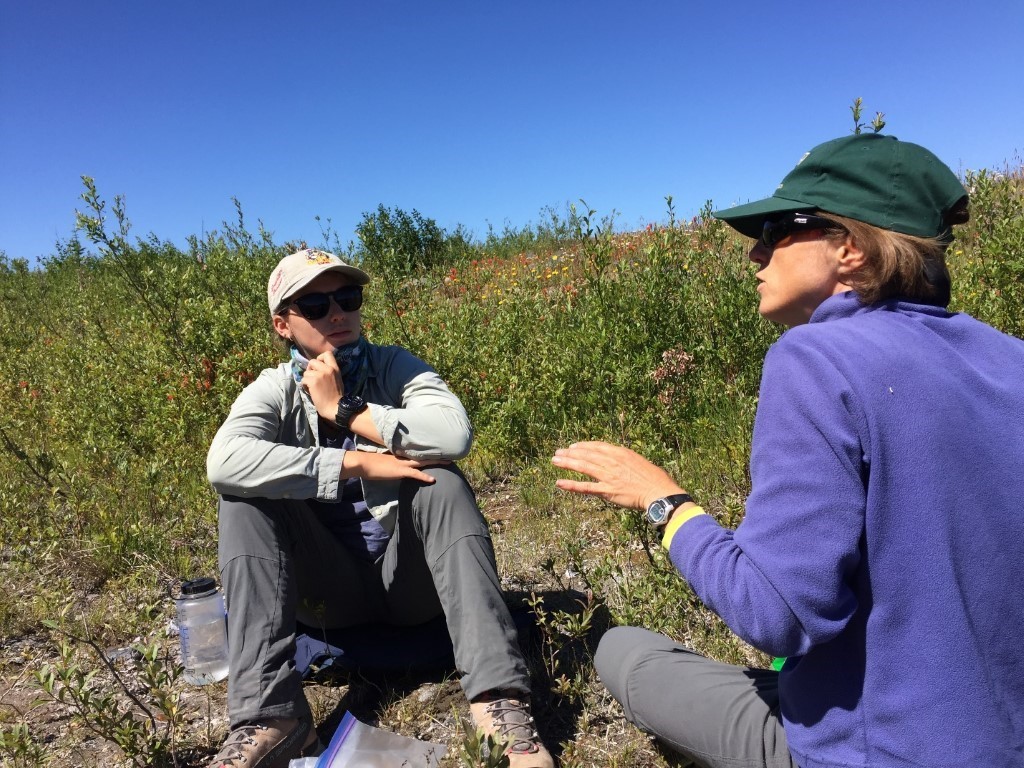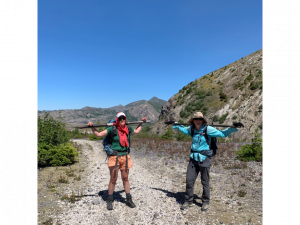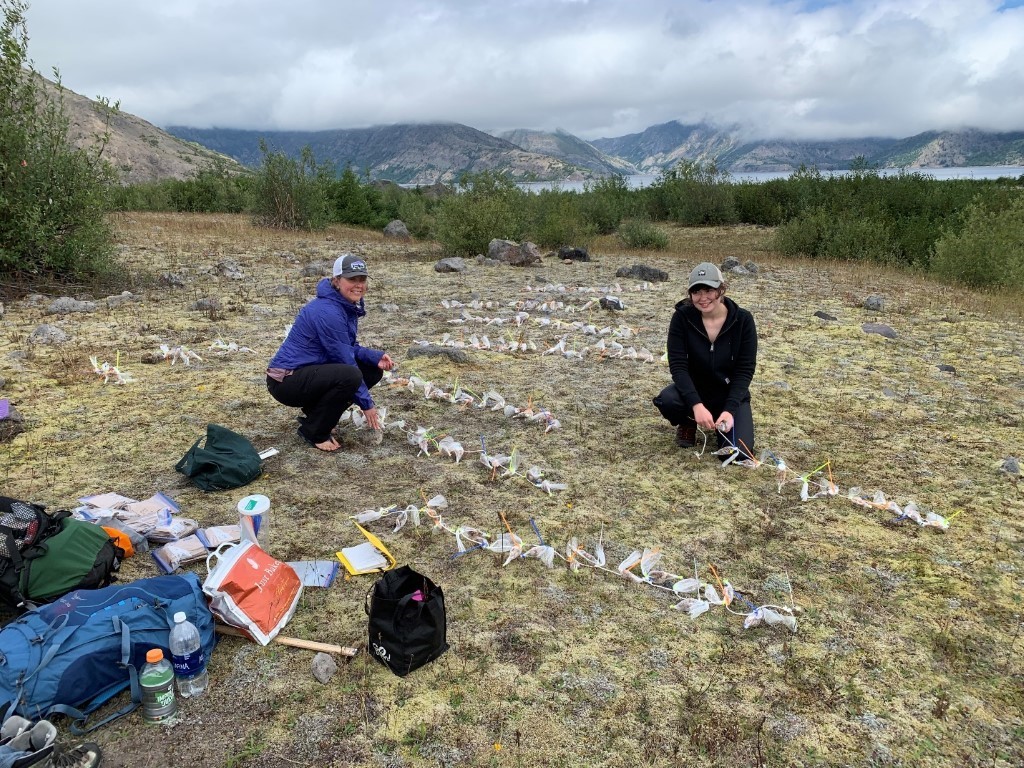We have been so lucky to work with so many awesome individuals in the field and in the lab over the past five years. Our NSF-funded research at Mount St. Helens has involved collaborators from the US Forest Service, Science Museum of Minnesota, Missouri State University, UW Tacoma, and Desert Research Institute.

We have created research opportunities for over 25 undergraduate students at The Evergreen State College. Undergraduate students work collaboratively on this research from the very beginning of experimental design all the way through the final stages of publication!

We would like to thank the National Science Foundation for our funding, the US Forest Service for in-kind support of Shannon Claeson, and the Mount St. Helens National Volcanic Monument for our permit to do research on the volcano. We thank The Evergreen State College for logistical support and for the Summer Undergraduate Research Fellowship program for students. We thank the Mount St. Helens Institute for coordinating opportunities for science outreach!












